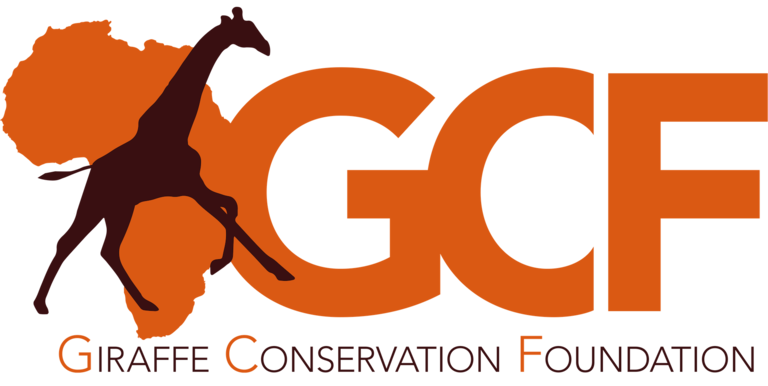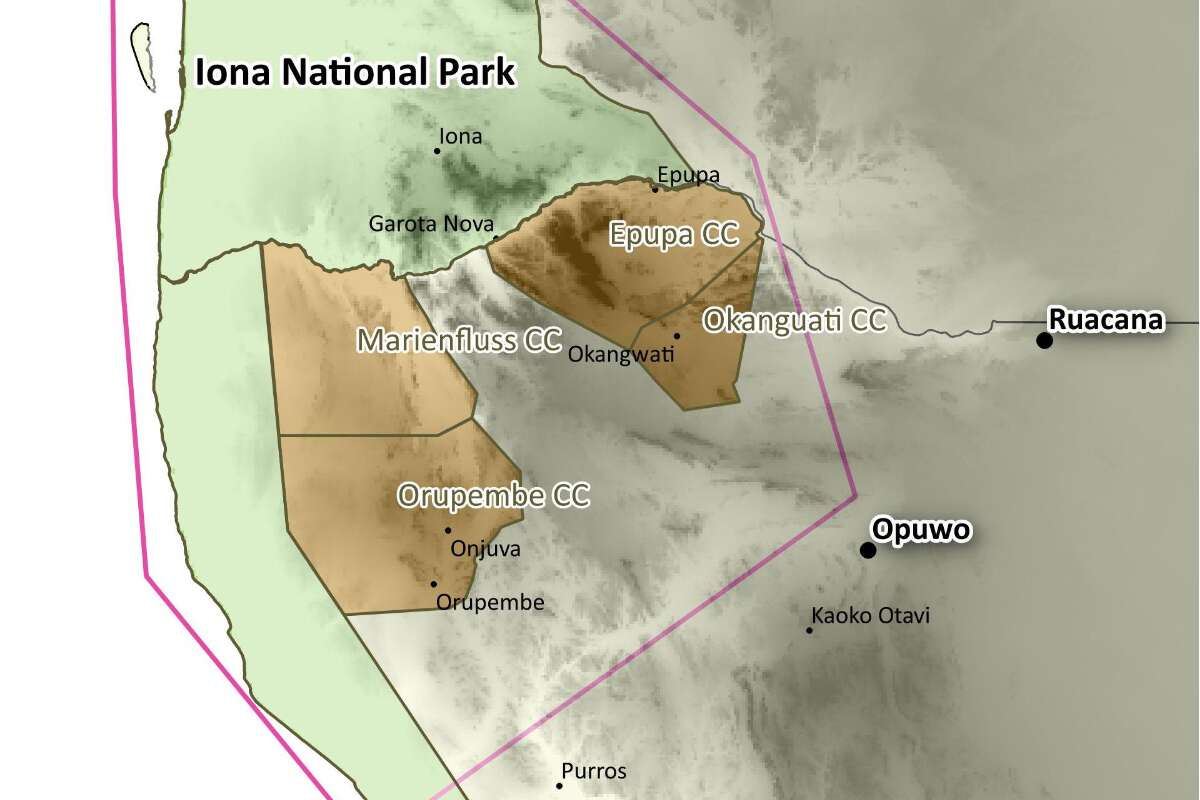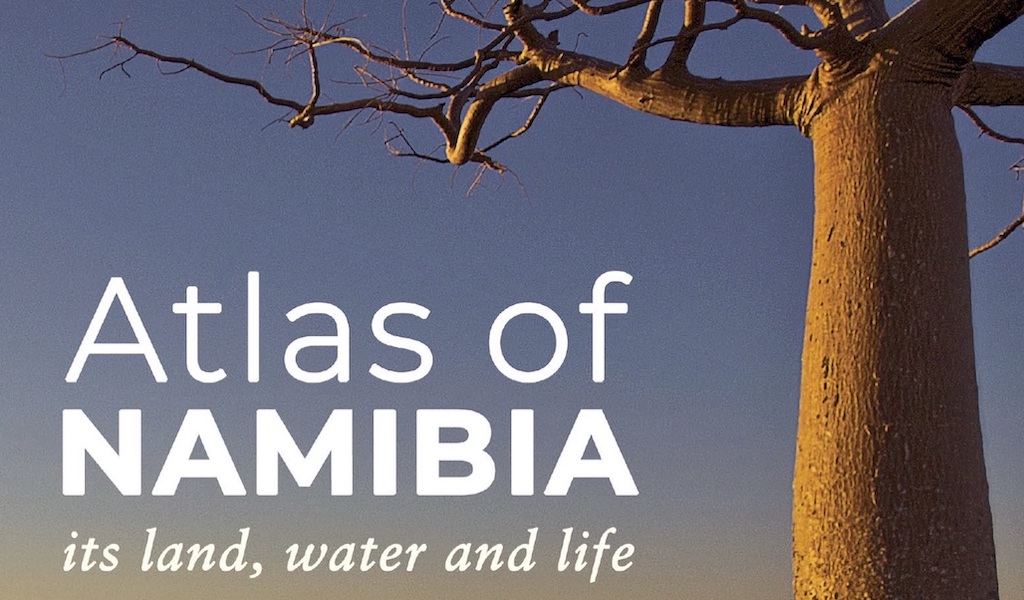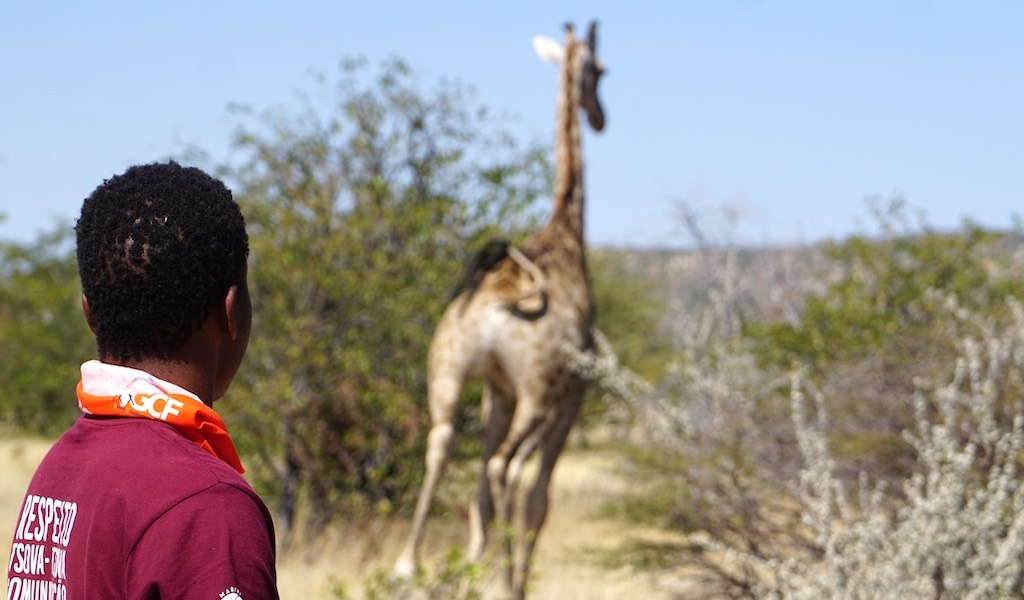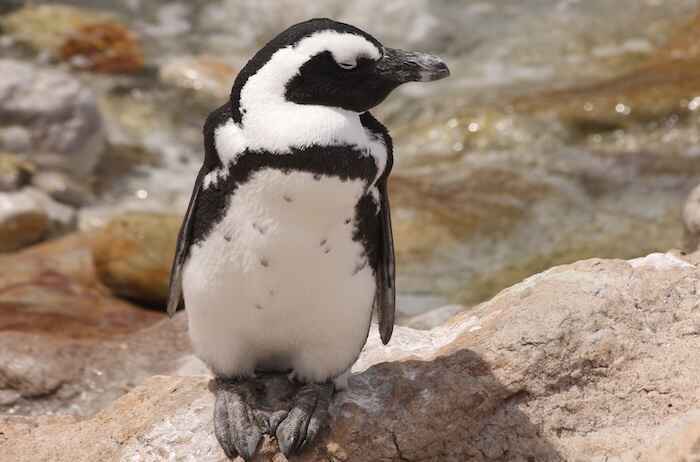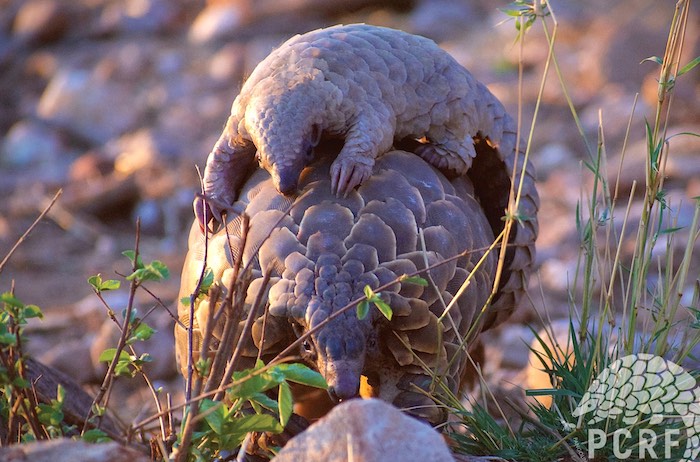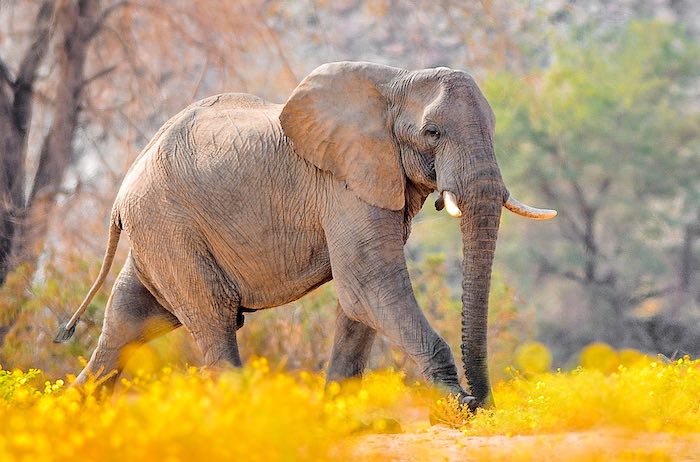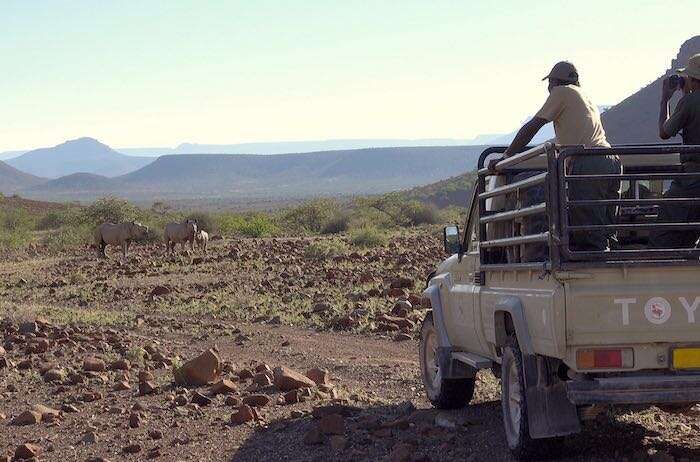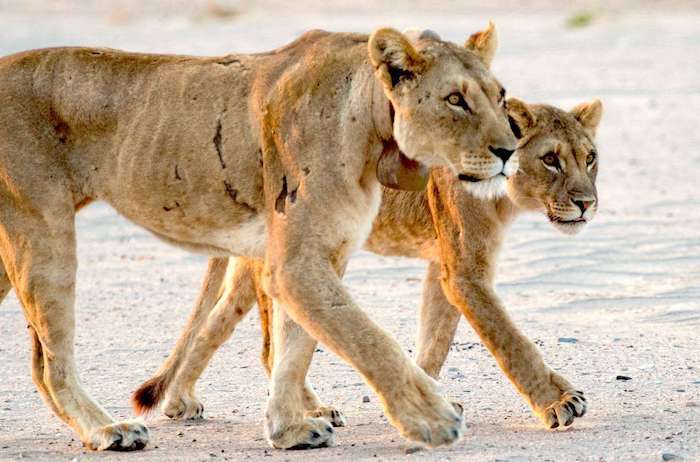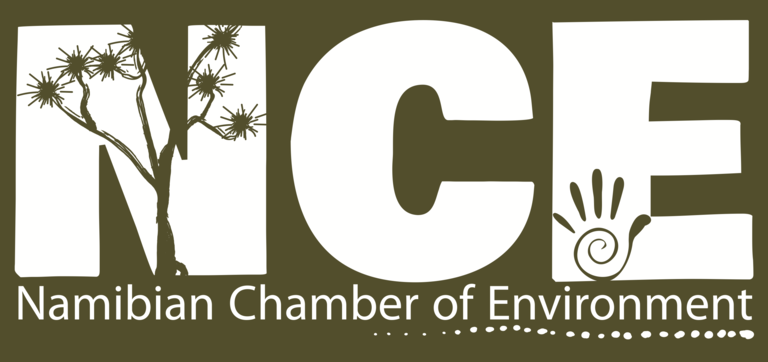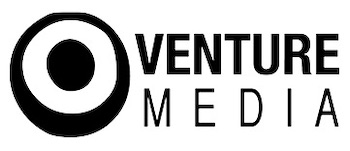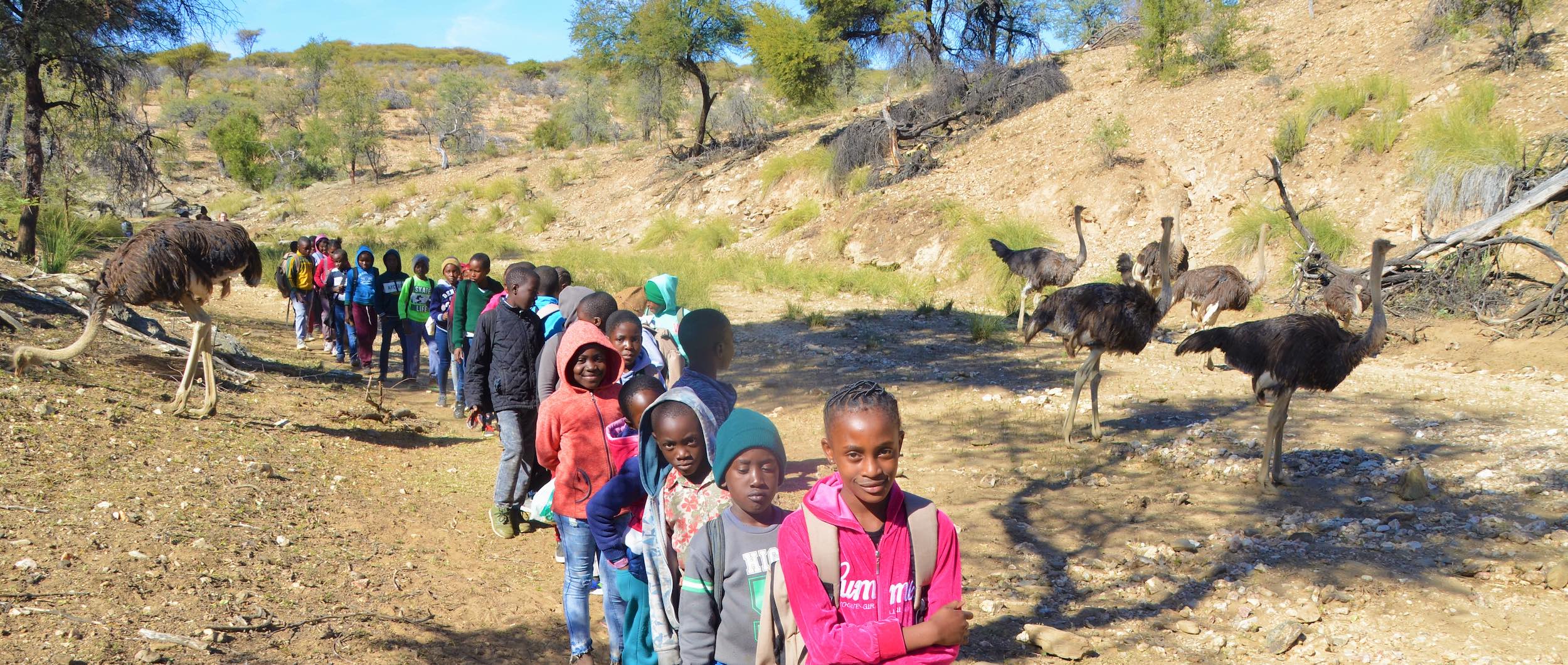
Environmental education in action
By Giraffe Conservation Foundation
8th August 2020
If you see a group of primary school learners quietly walking in single-file through a dry riverbed or gathered in a group closely inspecting something on the ground in the Daan Viljoen Game Reserve, then you have probably encountered a Khomas Environmental Education Programme (KEEP) excursion.
Operating from our home-base in Windhoek, the Giraffe Conservation Foundation (GCF) is the only organisation in the world that concentrates solely on the conservation and management of giraffe in the wild throughout Africa. Although GCF currently operates in 15 African countries, we realised some years ago that many primary school learners in our own Khomas Region around Windhoek have never visited a national park or even seen a wild animal. This sparked our determination to make a difference by designing and implementing an environmental education programme in 2016. Based on participation numbers, KEEP is the largest interactive field-based environmental education programme in Namibia. Since inception, the GCF KEEP team has hosted over 9,000 Grade 3 and 4 primary school learners from the Khomas Region – 75% of these from often under-resourced government schools.
We developed KEEP as a means of reconnecting young Namibians with nature and inspiring them to care for their environment. Our programme complements the national school curriculum by taking relevant topics from the classroom out into nature. When they are out in the bush with our KEEP team, children can have fun while learning about the ways of the wild and the role they can play in caring for the environment. An increased awareness and greater understanding of the environment will open the minds of these young Namibians and encourage their curiosity about environmental issues in their own communities. It may also change their behaviour in relation to the environment around their own homes, which, in the long-term, will improve their living conditions.
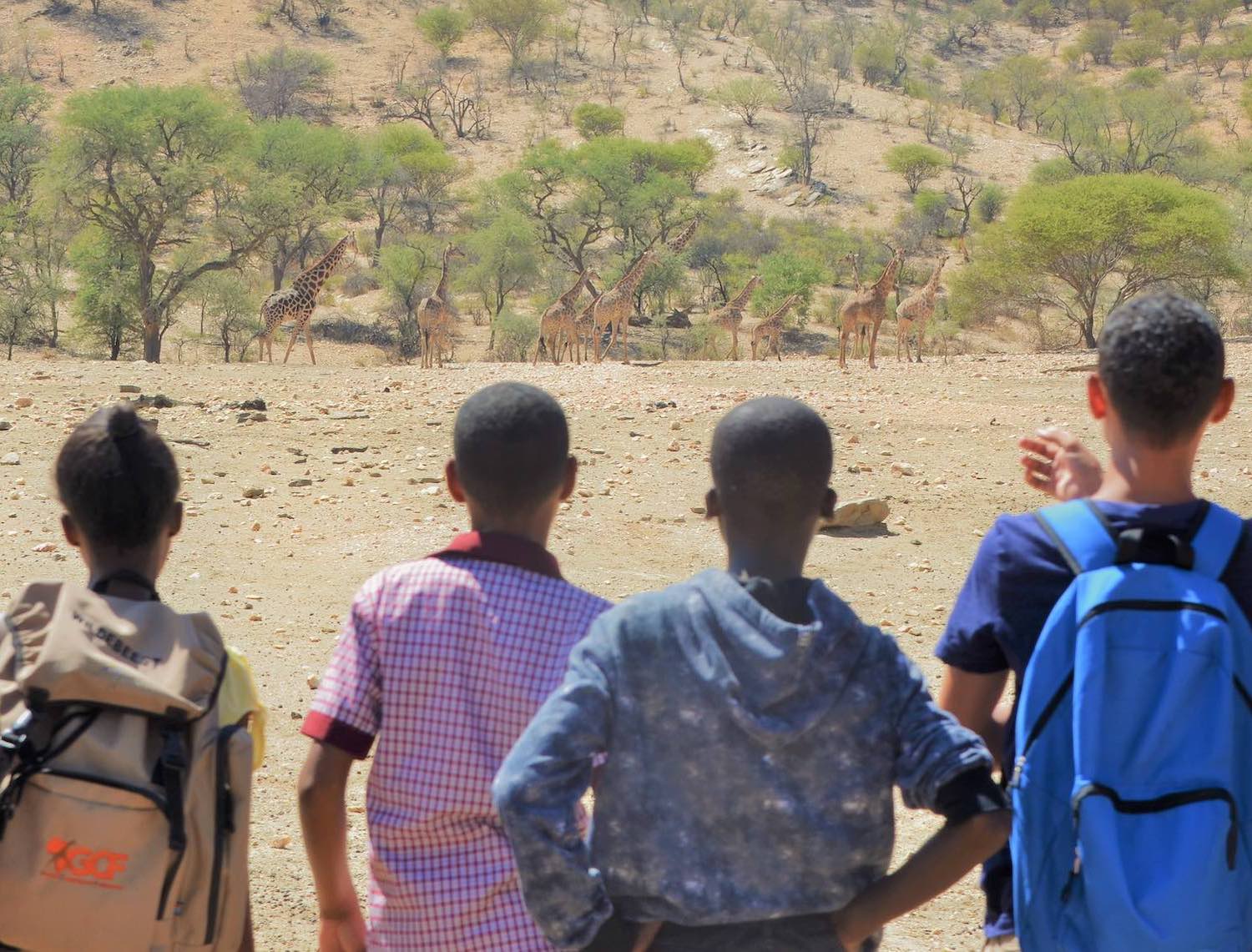
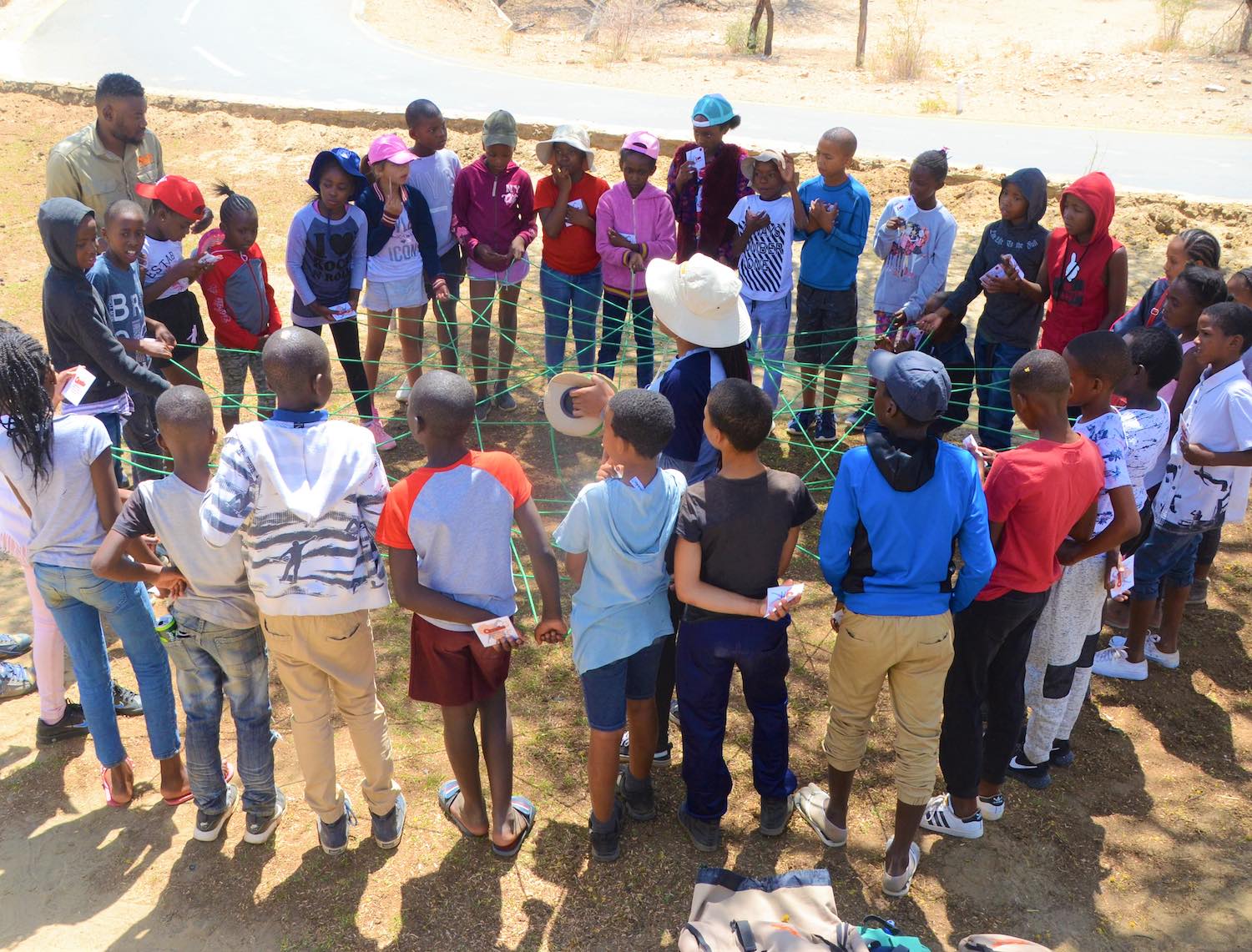
KEEP operates in the Daan Viljoen Game Reserve, situated about 20 kilometres west of Windhoek. The learners spend a whole school day on a three-kilometre educational hike in the reserve, guided and taught by the KEEP team of three Nature Conservation graduates from the Namibia University of Science and Technology (NUST). Along the way, they learn about important plant species, how to track and identify animals by their tracks and/or droppings. The activities also include a number of fun interactive games that keep the children engaged throughout the experience. During open discussions, often held under a shady tree, they explore relevant and important environmental topics such as the natural balance in ecosystems, climate change, water saving and waste management. All these topics are directly linked to their home environments, which shows the learners how their actions and lifestyles affect our fragile environment.
The most popular activity throughout the hike is looking for animal tracks and droppings. Often times, the learners are rewarded with seeing the animals whose tracks they are following: giraffe, wildebeest, oryx, jackal, baboon, ostrich, and occasionally even brown hyena. For many of the learners, this is the first time they have seen these wild animals in their natural habitat.
While our KEEP team has a large store of knowledge to impart to their young charges, they are trained to ask questions rather than give lectures. By asking pertinent and relevant questions, they encourage the learners to explore the process of figuring things out by themselves. In the same way, the KEEP team encourages the learners to ask their own questions. This process could fundamentally change the way leaners think and care about nature, their environments, and each other. After a busy morning in the bush learning and questioning, we hope that these children will return home curious and eager to learn more about their environment, and to share what they have learned with their family and friends.
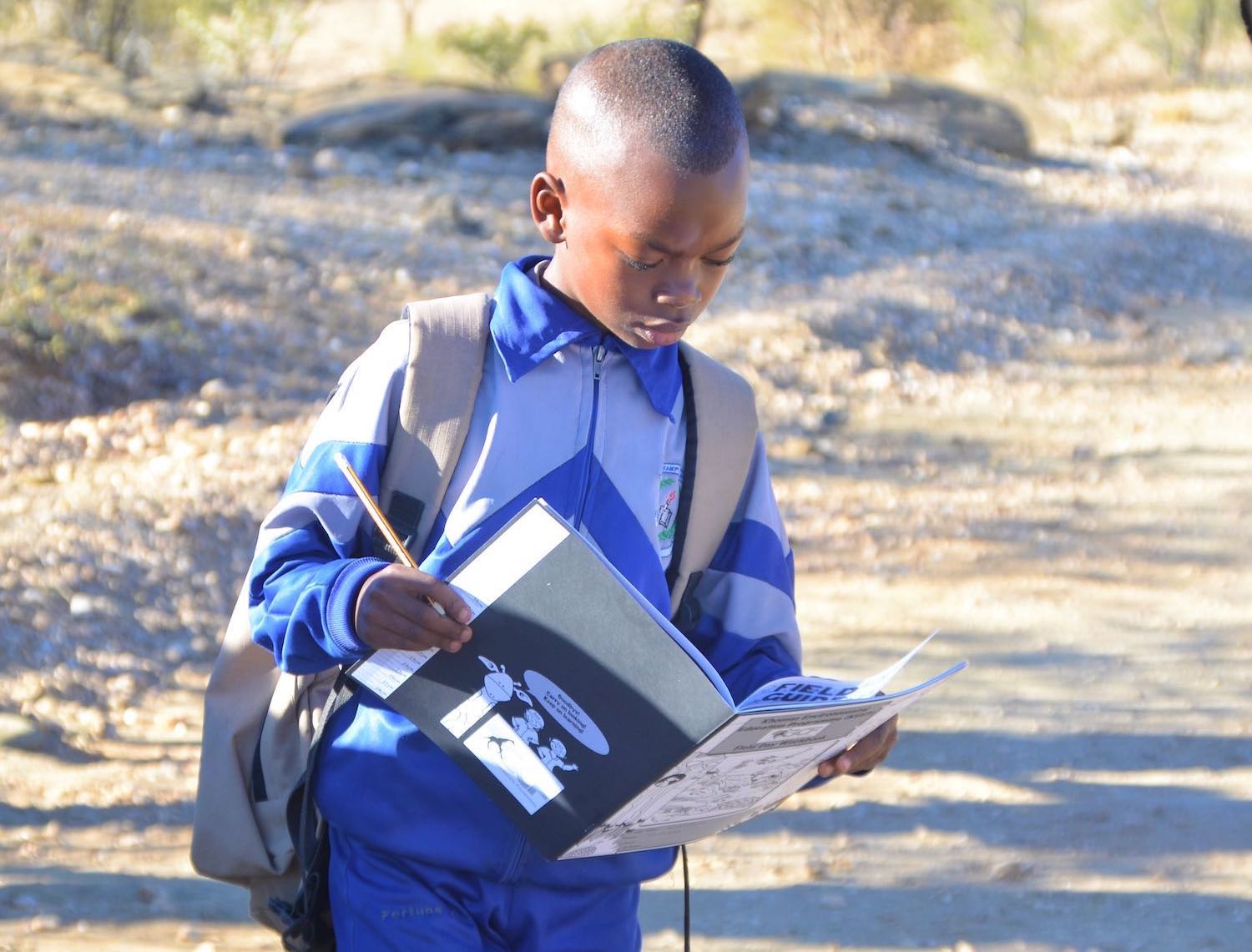
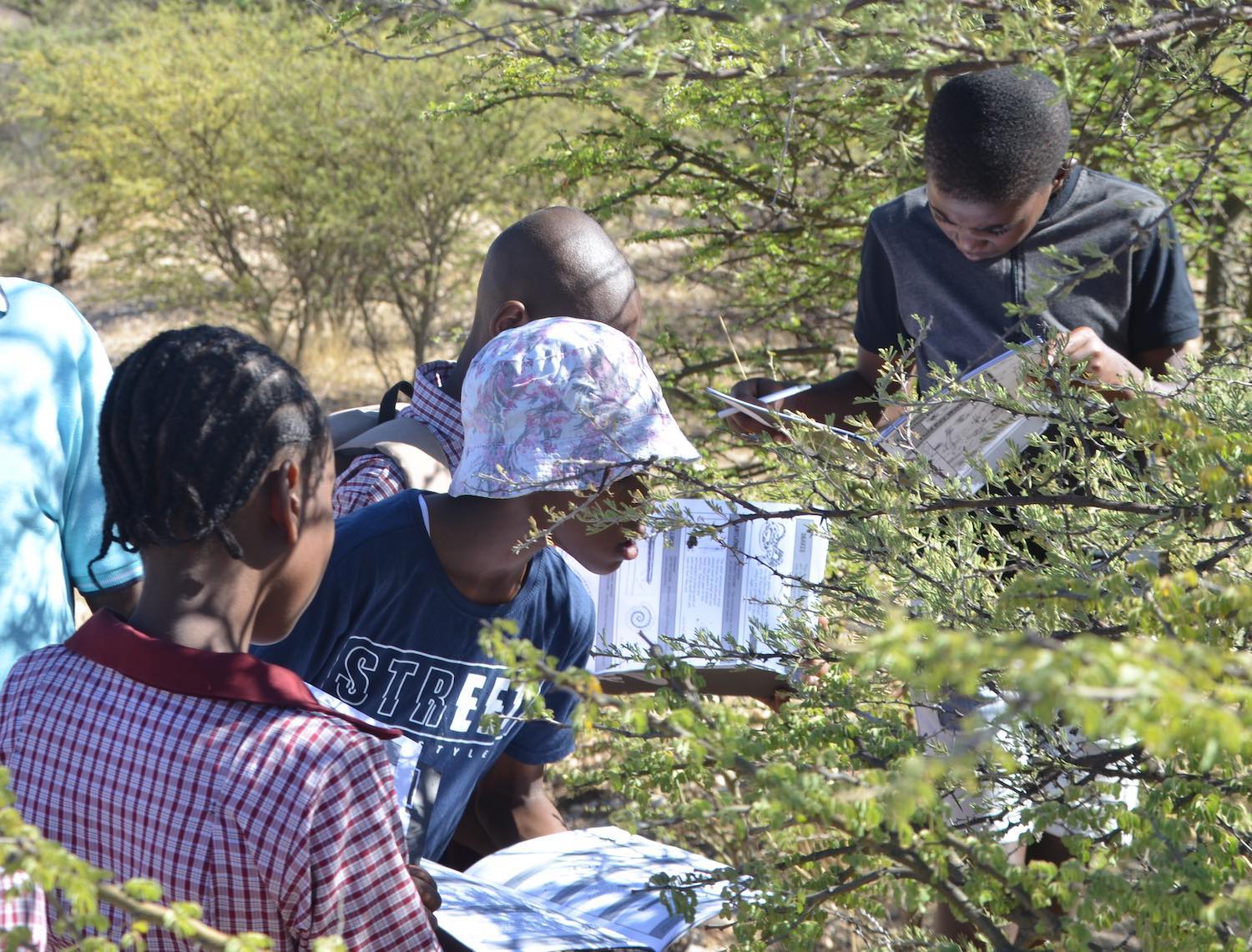
Each learner receives a KEEP Field Day Workbook at the start of the hike. This valuable resource combines interesting environmental facts with writing and observational activities for learners to complete both while they are on the hike and at home. This encourages the children to work through the activities at home, perhaps together with their families and friends.
Beyond introducing around 2,500 young Namibian learners to nature each year, KEEP provides a future in conservation work for Namibian students. Besides our permanent staff of three passionate young graduates, other NUST students visit KEEP every year as part of their programme to learn about environmental education as a potential career path. The KEEP team loves sharing their passion for both giraffe and nature with young learners during each field excursion and inspiring future NUST graduates to pursue opportunities in environmental education. According to KEEP Team Leader Naemi Antonius, “Not many of our fellow graduates enjoy their jobs as much as we do! It is exhausting at times, especially on hot summer days, but still, we love what we are doing.”
GCF could not implement KEEP without our partners and their support: the Ministry of Environment and Tourism provides access to Daan Viljoen Game Reserve and the Ministry of Education grants permission for learners to be out in the field during school hours. Running an environmental education programme is not cheap – we could not implement KEEP without our many local and international donors, who support our staff, transport, healthy snacks and printing costs. Our international donors include zoos (Auckland, Blank Park, Brevard, Woodland Park and The Living Desert) and foundations (The Waterloo Foundation and Galanthus Foundation); we also receive amazing local support from Nedbank Go Green Fund, Pupkewitz Foundation, Rotary Club Windhoek, Tourism Supporting Conservation (TOSCO) and Natural Selection. With their generous support, we hope to make a difference in the lives of young Namibians, who are the key to unlocking a sustainable future for our country.
For more information about the
Khomas Environmental Education Programme (KEEP)
visit:
giraffeconservation.org/programmes/keep/
For articles on similar topics, please click one of the following options:
